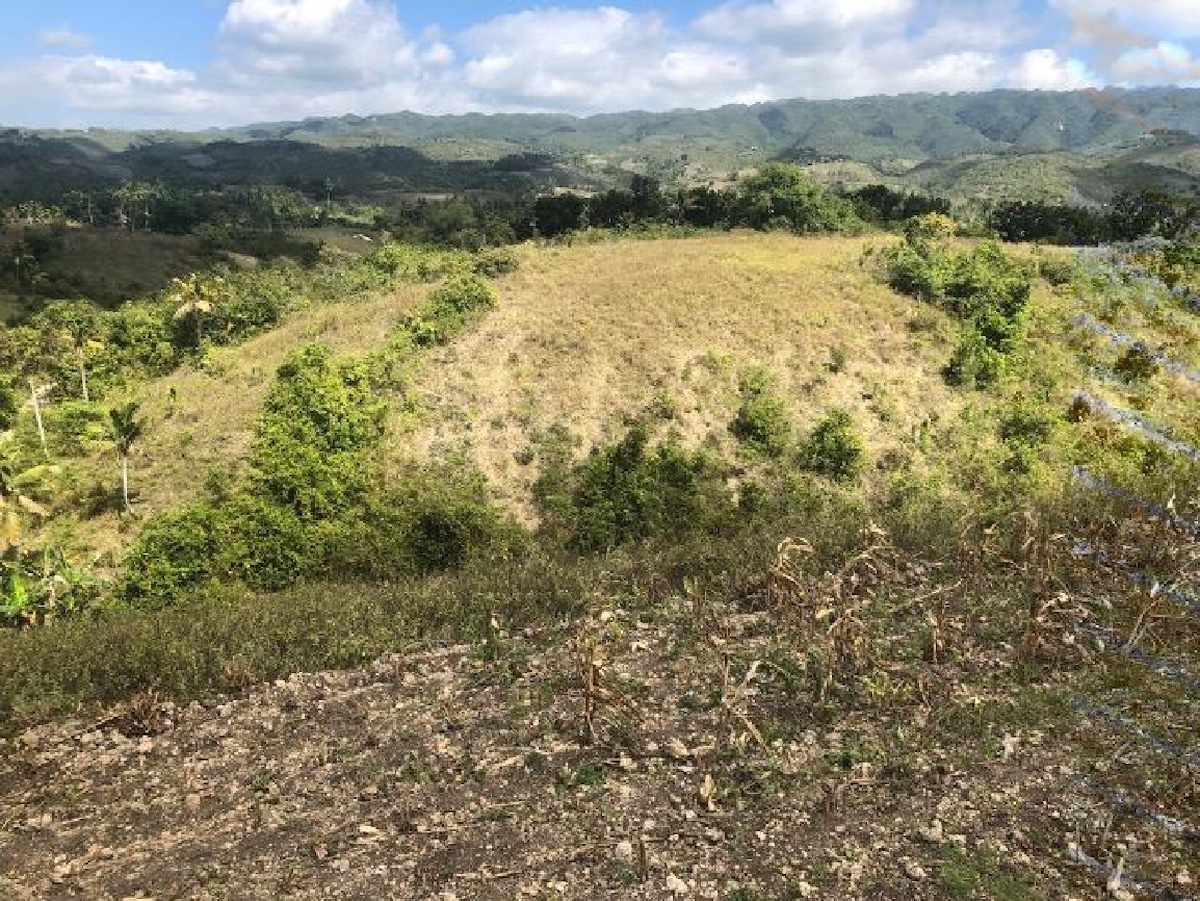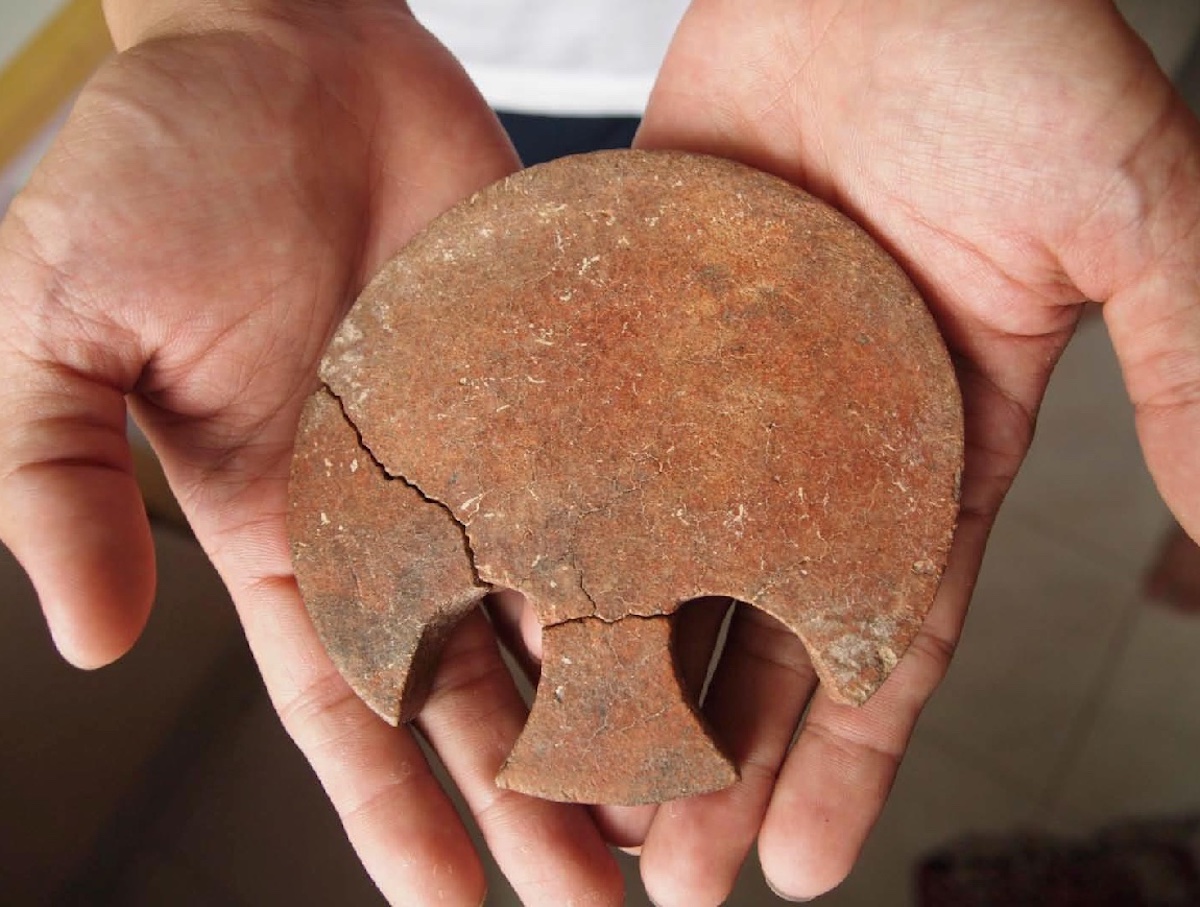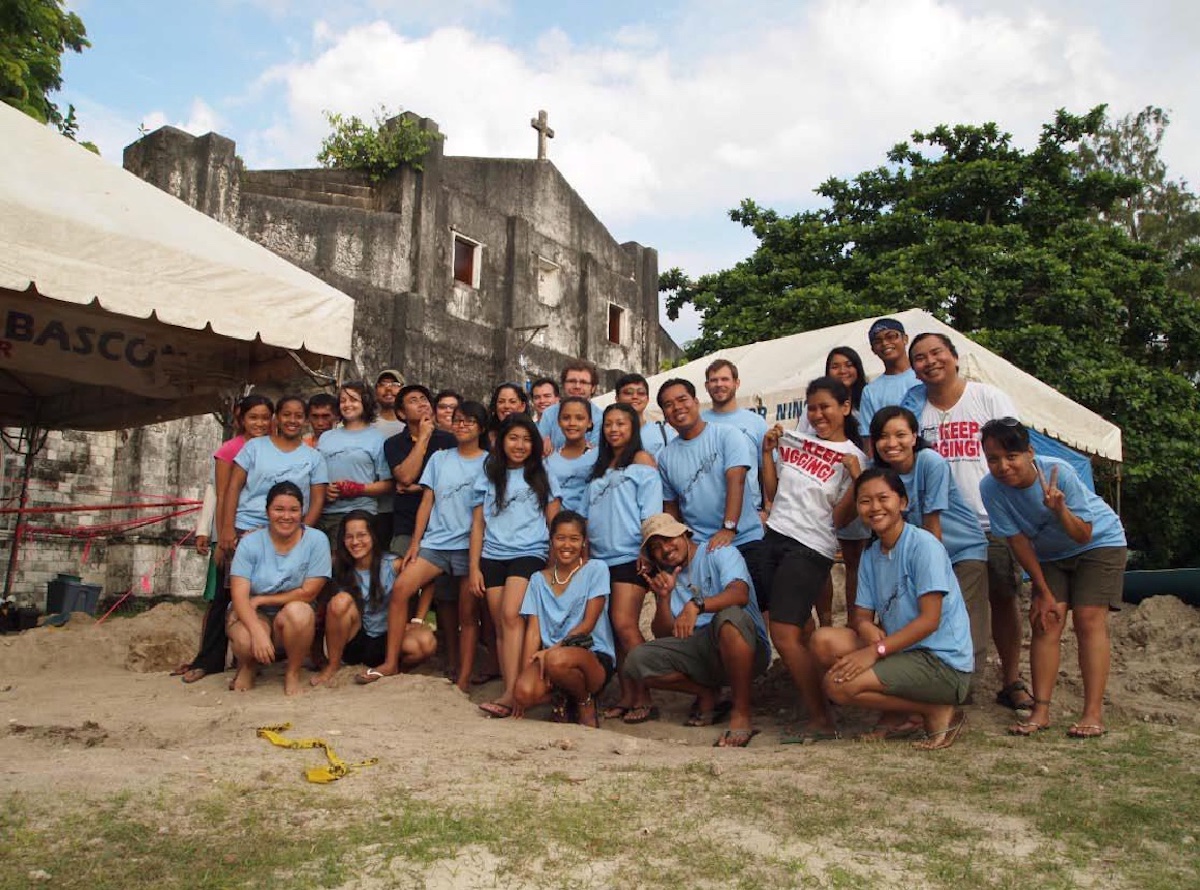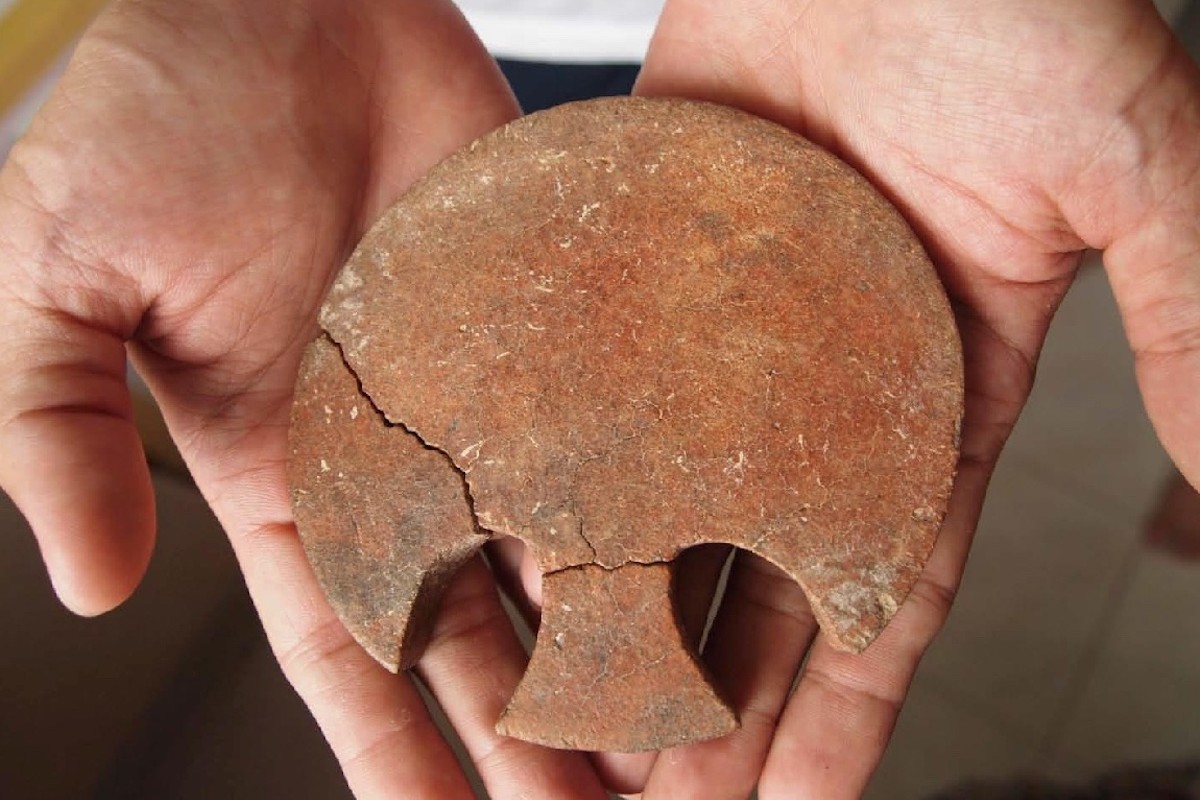Modern archeology to aid Cebu’s heritage preservation
An archaeological survey and excavation has started on July 12 in San Remigio and other parts of Northern Cebu as part of the efforts to preserve the Cebuano heritage.
The Northern Cebu Archeological Project, a joint initiative of the National Museum of the Philippines (NMP) and Aboitiz Foundation, in collaboration with the University of San Carlos (USC) in Cebu aims to establish a protocol and methodology for systematic archaeological studies in Cebu.
Aboitiz Foundation, Inc. through its President and COO Maribeth L. Marasigan, granted the NMP a P2 million donation in support of its archeological heritage preservation initiatives.
Through the project, a template for continuing studies and resources to archive and preserve data of archaeological sites and landscapes will be developed.

The primary objective is to develop a geospatial database to record all archeological sites and resources in Cebu through the use of state-of-the-art archeological methods and applications.
Further, it aims to produce a comprehensive catalogue of archeological findings in Cebu especially those belonging to the Metal Age.
This catalogue shall be a useful reference for further studies, for the development of a comprehensive preservation program, and for crafting sustainable information dissemination program through local and international publications.
Despite the existing quarantines and travel restrictions, the NMP Project Team led by Deputy Director-General for Museums Dr. Ana P. Labrador, assisted by Alexandra de Leon of the Archaeology Division, decided to move forward to implement the project with Cebu-based archaeologists Drs. John A. Peterson and J. Eleazar R. Bersales, of the USC Department of Anthropology, Sociology, and History.
“We’re excited to have the support of the Aboitiz Foundation and the National Museum of the Philippines to conduct intensive field studies in north Cebu. Previous work has always been scattered and unfocused; this gives us a very systematic way to survey archaeological sites,” said Peterson, Principal Investigator of the Northern Cebu Archaeological Project 2021.

According to NMP Director-General Jeremy Barns, this archaeological project is believed to be a game-changer for the NMP as it seeks new modes of engagement with its partners in the field of archaeology while dealing with the challenges posed by the Covid-19 pandemic.
“It makes sense to work with local experts in the field while we continue to protect our own archaeologists by not putting them at risk in sending them where archaeological activities will be taking place. This will also promote more local archaeologists by supporting capacities and strengthening cooperation,” he noted.
“As we remain grounded in our Cebuano roots, we in the Aboitiz Group are proud to partner with the National Museum of the Philippines and the University of Cebu for this groundbreaking archaeological initiative to preserve the Cebuano heritage,” Aboitiz Foundation President and COO Maribeth L. Marasigan said.
The two-year project is scheduled in four phases.
Towards the last phase of the project, collected cultural resources will be launched publicly through an exhibition that will piece the stories of those sites in the forthcoming National Museum Central Visayas Regional Museum in Cebu. (PR)




